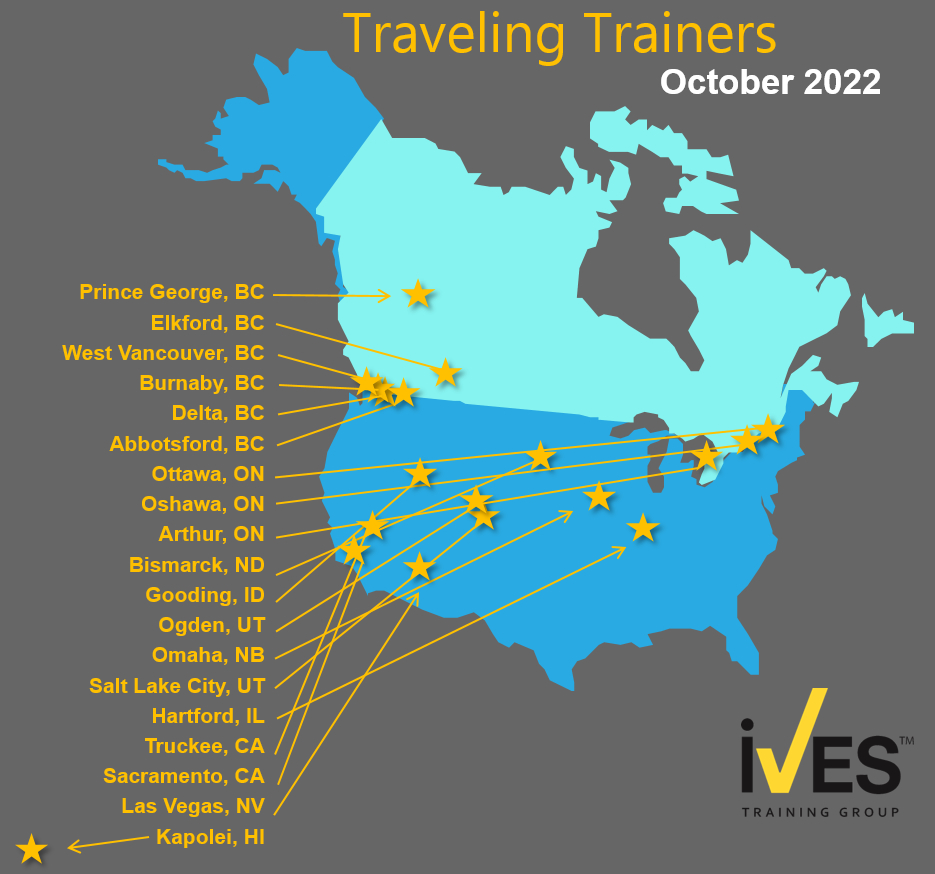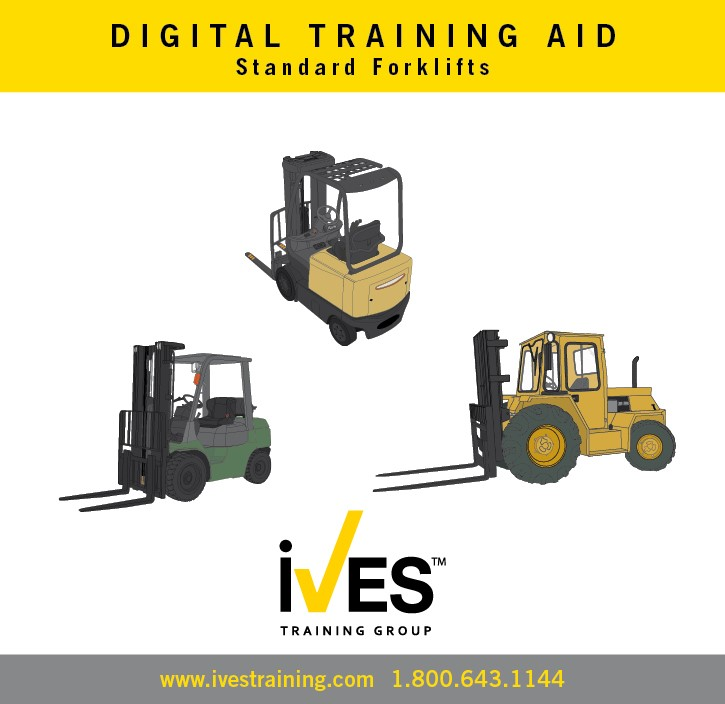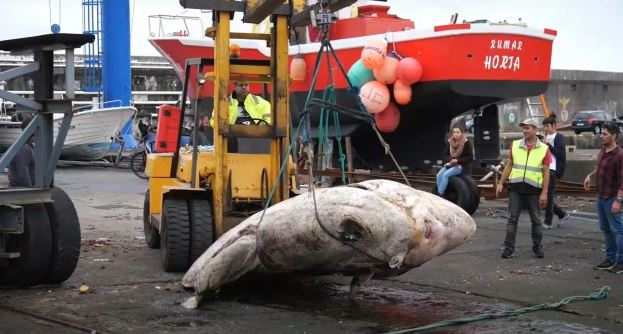
The chief job responsibilities of most safety and
health practitioners—regardless of career maturity—is most likely
compliance, building management systems, training and implementing
programs that keep people and the work environment safe. We support this
work by identifying the hazards and errors posing risks to the work
system and then employing control measures to eliminate or mitigate
those hazards.
But what
happens when some of those risks appear unmeasurable? How do we
recommend additional programming that is often judged on perceptions,
feelings or even unpopular realities to corporate leadership?
Safety
culture is a term that penetrates numerous C-Suite discussions. Some
celebrate that fact, yet many are trying to determine if
safety culture is the missing link to safety success. There's a reason
why—a positive safety culture is hard to achieve and even harder to
sustain—but it is the missing link that influences good safety
performance.
Another
dilemma is whether we need to improve safety culture or organizational
culture. Both are closely related. Corporate culture is defined as the
moral, social and behavioral norms of an organization based on the
beliefs, attitudes and perceptions of its employees. Safety culture is
defined nearly the same: as an organization's underlying beliefs,
truths, ideas, assumptions, values and practices demonstrated between
its members. How we behave and show these attributes are
mission-critical to success.
The Link Between Safety Culture and Organizational Culture
What
is also important to understand is that safety culture is, in all
reality, a subculture of organizational culture. It's simply a granular
focus in one part of the overall management system, and can be stalled
or elevated by corporate culture.
The
reality is that the first discussion corporate leaders should have is,
“Do we have the right organizational culture that reflects how we want
to protect our people, and if not, how can we improve?”
If
an organization is brave enough to answer that question, it can
improve. Want to go from good to great? Support culture and develop a
robust management system that embraces compliance, builds worker
knowledge and capability, mentors and coaches for the desired behaviors
and employs the management leadership lever to push it all forward.
A Journey of a Thousand Miles
Organizations
desiring a better safety culture are undertaking a journey. The journey
starts with a single step and is marked by milestones as the culture
develops. Before even starting this journey, the first objective should
be to understand the table stakes. Ask these questions of leadership:
How robust is the safety management system? How effective are our safety
policies? Do we ensure compliance, and are we developing people with
the knowledge and skills needed to succeed?
Since
cultural development is centered around moral obligations, social
norms, truth, beliefs, values and practices, it boils down to a common
denominator. People matter, and they are seeking a relationship and
partnership with the organization.
When
considering safety culture development, the value for worker safety
must be evident. The glaring reality is that workers’ desire to partner
with the organization is significantly shaped by their perceptions.
Workers need to feel safe in their work environment and understand that
their supervisors and senior leaders care and value them. Organizations
should also be aware that with increased corporate CSR and ESG
reporting, safety performance will undergo new scrutiny from the
shareholders. As a result, protecting the company brand will only grow
in importance, further elevating the need for cultural improvement.
Four Key Ideas to Begin the Journey
Set a clear safety vision and active mission.
A clear safety vision and mission are often overlooked in a leader's
work, but it's significant to do. Without thinking and discussing
broadly, a work plan without a vision is simply a set of objectives
hoping to land successfully. Leaders should assemble a cross-section of
people representing all levels—from the front line to the boardroom—and
discuss honestly what safety culture success looks like to the
organization.
The
vision should be challenging but straightforward, easy to remember and
elevate culture as a chief value. After setting the vision, develop the
mission that gives more understanding and how the organization plans to
get there.
Position safety as the chief organization value. Moving
vision to action is paramount in cultural development. Safety as a
value should be viewed as the operational fabric of the organization,
not a separate function. It should be integral to every business
activity.
In most cases, an
organization should assess itself against a robust management system
like ISO 45001 or ANSI Z10, but with a specific focus that asks, “How
does this management gap affect the culture and our value for safety?"
For
example, having a poor machine guarding program and asking for safe
behaviors without affording employees’ adequate protection is simply
fruitless. A worker's perceptions are your cultural reality. Therefore,
organizations must be sincere to minimize risks in the work environment.
Adopt guiding safety principles. One
of the most significant opportunities for cultural improvement is
moving from a rules-based safety process to one that relies on safety
principles. Not to say that the workplace doesn't need rules, but
recognize that workers face an abundance of tasks every day that exist
on the margins of safety rules. They must decide how best to interface
with possible inherent risks of such tasks. Adopt safety principles that
guide employee behaviors and actions.
Here are three that may have merit in your organization:
- Any person can and must confront unsafe behaviors and conditions. No one is authorized to disregard such a warning.
- No
one is expected to perform any function or accept any direction they
believe is unsafe to themselves or others or creates an unsafe
situation, regardless of who directs such an action.
- Anyone who
feels that an operation is unsafe will shut down that process and work
with appropriate team members to ensure a safe situation.
Safety
principles cover a large expanse beyond rulemaking and encourage
genuine employee engagement with the key intent to leverage workers to
protect themselves and guard each other. For example, how will they stop
work when it's viewed as hazardous, and what are the behaviors that are
pivotable in those moments of decision? If done well, it demands
communication, and that drives cultural improvement.
Develop positive relationships and celebrate wins. An
essential step for a leader is to develop positive relationships to
ensure workers have a voice in safety. Make it easy for your workers to
approach leadership with safety concerns and be ready to respond with an
action that positively shows their concerns' value. Of course, active
listening is not saying everyone will have a good idea or are correct in
their assumption. Still, it does mean you value their words enough to
listen and respond with action or comment.
Finally,
celebrate the wins. Acknowledging your safety culture journey gives
credit where credit is due and recognizes achievement. Recognize people
one-on-one and specifically, the whole team's actions that made the
difference and the processes that contributed to reaching milestones.
Don't be afraid of sharing how difficult it was to reach the goal or the
hurdles along the journey, but look for the opportunity to celebrate
their significant part in our winning culture. It’s partnership in
action.
Creating a
workplace free of illness and injury begins with one crucial decision:
Making safety a core value and making an effort to prove such value.
While there are several other values by which an organization is judged,
one holds sway above the rest, and that is protecting workers and
ensuring they can return safely to their families at the end of every
work shift. Therefore, safety should be an organization's chief value.


 Digital Training Aids are designed specifically to complement our
Operator Reference Manuals and are available in downloadable or internet
versions.
Digital Training Aids are designed specifically to complement our
Operator Reference Manuals and are available in downloadable or internet
versions. Question:
Question:
 "My overall experience with the course was great. All information
learned is going to be very useful. I appreciate the time taken to learn
about this training. Now I have a better understanding of the
equipment!" Marc, Custom MEWP Train the Trainer Program.
"My overall experience with the course was great. All information
learned is going to be very useful. I appreciate the time taken to learn
about this training. Now I have a better understanding of the
equipment!" Marc, Custom MEWP Train the Trainer Program.